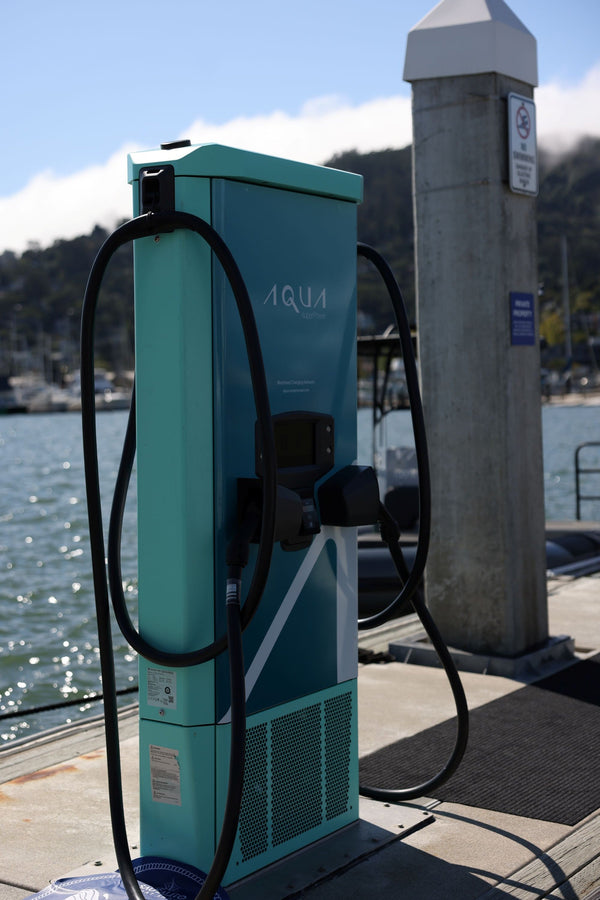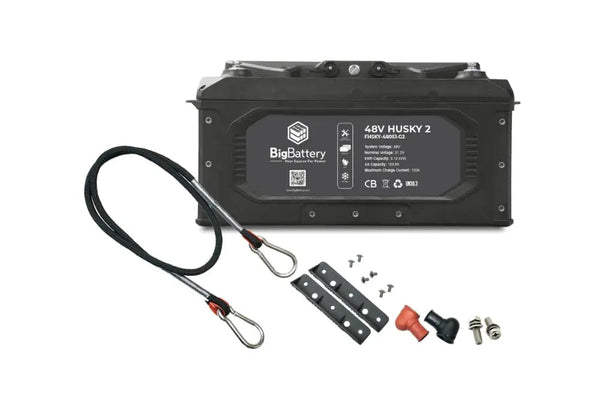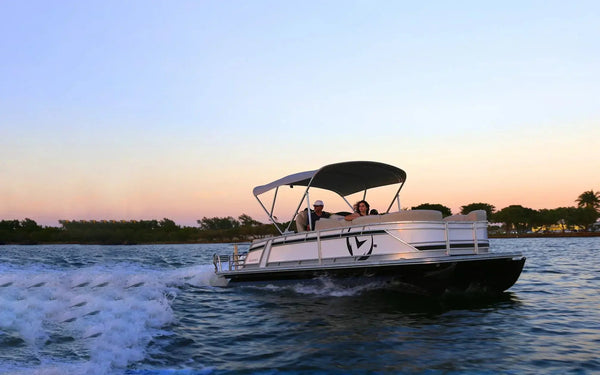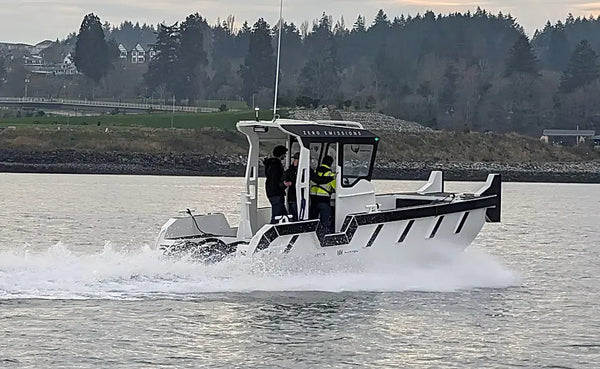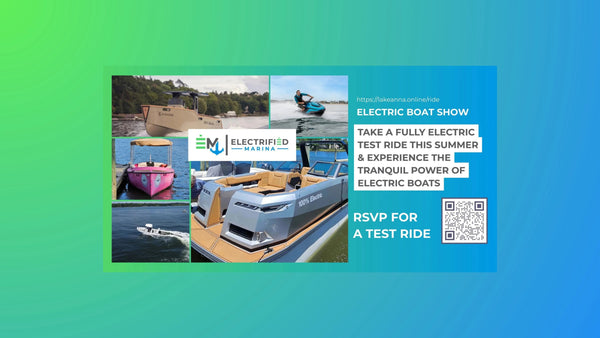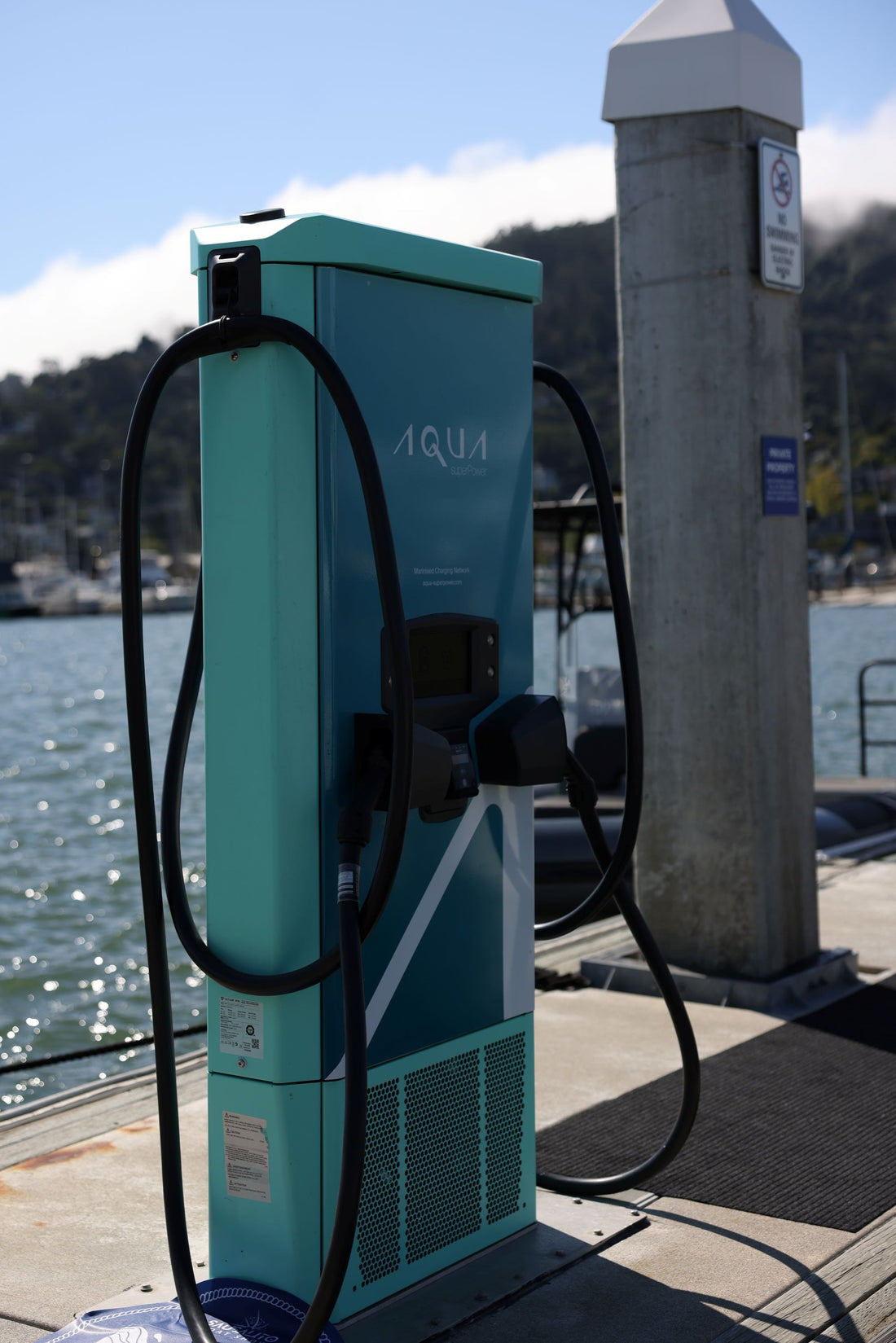
Charging Electric Boats: A Step-by-Step Guide for Easy Power Up
Charged Marine StaffCharging electric boats is an essential skill for any boat owner who wants to ensure smooth and reliable performance on the water. Whether you’re new to electric boating or upgrading your current setup, understanding the charging process can save you time, increase battery lifespan, and improve your boating experience. This guide walks you through every crucial step of charging electric boats, providing clear instructions along with safety tips and advice on choosing the right equipment. Let’s dive into how you can power up your electric boat easily and efficiently.
Charging Electric Boats: The Basics and Preparation
Understanding Your Electric Boat's Power Needs
Before beginning the charging process, it’s important to know your boat’s battery specifications. Electric boats rely on large battery packs that store energy to power the motor. These batteries vary widely in size and voltage, depending on the boat type and usage. Charging electric boats means replenishing these batteries to full or adequate capacity through an external power source.
Boats typically support one or both of two charging types: alternating current (AC) charging, which tends to be slower and common for home docks, and direct current (DC) fast charging, useful when you need a quicker turnaround.
Preparing Your Boat for Charging
- Securely dock or moor your boat to prevent movement during charging
- Inspect charging ports, cables, and connectors for wear, corrosion, or damage
- Ensure compatibility between your charger and the boat’s charging port—check manufacturer specifications
- Dry hands and equipment before handling electrical connections
- Turn off non-essential boat electronics to reduce charging load
Types of Charging Stations and Connections for Electric Boats
Home Dock Charging Stations
Many electric boat owners charge their vessels at home docks equipped with dedicated AC charging stations. These setups are ideal for overnight charging, providing a reliable and cost-effective way to recharge batteries after a day on the water. Installation should be performed by a professional electrician to meet safety standards and local marine electrical codes.
Home stations commonly offer voltages from 120V to 240V and come with weatherproof connectors tailored for marine environments. They support safe, often slower, charging that's gentle on the battery.
Public and Marina Charging Stations
For boaters without private docks or those traveling longer distances, marinas and public waterfront areas increasingly offer charging stations. These can include both AC and DC fast chargers, giving flexibility based on your charging needs and time constraints. Many of these stations feature smart technology to monitor usage and may require registration or payment.
Some notable features include:
- Compatibility with multiple plug types (CCS, Type 2, marine-specific connectors)
- Integration with smartphone apps for locating stations and real-time availability
- Support for renewable energy sources, such as solar-assisted charging systems
Step-by-Step Guide to Charging Your Electric Boat
Step 1: Preparation and Safety Checks
- Ensure the boat is securely moored to stabilize during charging
- Verify the charging cables and connectors are in good condition—no fraying or corrosion
- Confirm that your charger and the boat’s charging port are compatible and rated for the same voltage
- Make sure all electrical equipment and hands are dry
Step 2: Connecting the Charger
Align and firmly plug the charging cable into the boat’s charging port. Modern connectors should lock in place with a click. Double-check by gently tugging the cable to ensure a secure connection. If your charger has indicator lights, verify that it is properly engaged and powered on.
Step 3: Charging Monitoring and Duration
Charging will begin automatically in most systems. AC charging typically takes 6–12 hours to reach a full charge, depending on battery capacity, voltage, and charger output. DC fast chargers can replenish 70–80% of the battery in under one hour, making them ideal for quick turnaround times.
During charging, monitor the progress using on-device indicators, apps, or displays if available. Avoid interrupting the process unless an emergency arises.
Step 4: Disconnecting After Charging
Once charging is complete or you have enough charge, safely unplug the cable by first turning off the charger (if required) and disconnecting the charging cable from the boat. Always reverse the connection steps and handle cables carefully to avoid damage. Store cables properly in a dry environment to maintain longevity.
Essential Safety Tips and Maintenance
Safety Guidelines to Keep in Mind
- Only use charging equipment rated for marine environments that are weatherproof and corrosion-resistant
- Never charge electric boats during thunderstorms or severe weather unless the equipment is fully protected
- Use Ground Fault Circuit Interrupters (GFCIs) to protect against electric shock
- Do not use damaged cables—replace worn connectors immediately
- Follow manufacturer instructions carefully to prevent overcharging or undercharging
Maintaining Your Charging Equipment and Batteries
Proper maintenance helps extend the life of your batteries and chargers. Regularly:
- Inspect and clean charging ports and connectors using a soft cloth to prevent buildup of dirt, salt, or corrosion
- Check cables for cracks, frays, and damage caused by the marine environment and replace as needed
- Schedule professional inspection and maintenance of onboard battery management systems (BMS) periodically
- Monitor battery health and keep consistent charging habits to avoid deep discharge cycles
Advancements and Innovations in Electric Boat Charging
Smart Charging Systems
Modern electric boat charging setups increasingly include smart technology that allows real-time monitoring of battery status, automatic load balancing, and energy optimization. These systems communicate with batteries via onboard management systems, optimizing charging speed and safety.
Smart chargers can prioritize power distribution efficiently, extending battery lifespan and giving users more control remotely through apps.
Renewable Energy Integration
Using renewable energy sources to charge electric boats reduces environmental impacts further. Solar and wind-powered charging stations are being installed in some marinas, offering clean, sustainable power for electric boating enthusiasts.
Hybrid stations combine grid power with renewable inputs to lower carbon footprints while ensuring reliable charging availability.
Conclusion
Charging electric boats properly ensures safe, efficient power-up and extends battery life. From preparation and choosing the right charging station to following safety measures and maintaining equipment, every step plays an important role in securing a smooth boating experience. With advancements in fast and smart charging technologies alongside growing charging infrastructure, powering your electric boat has never been easier. Explore detailed guides, connect with professional installers, and stay up to date with technology to enjoy your electric boat to its fullest potential through proper charging electric boats techniques.
